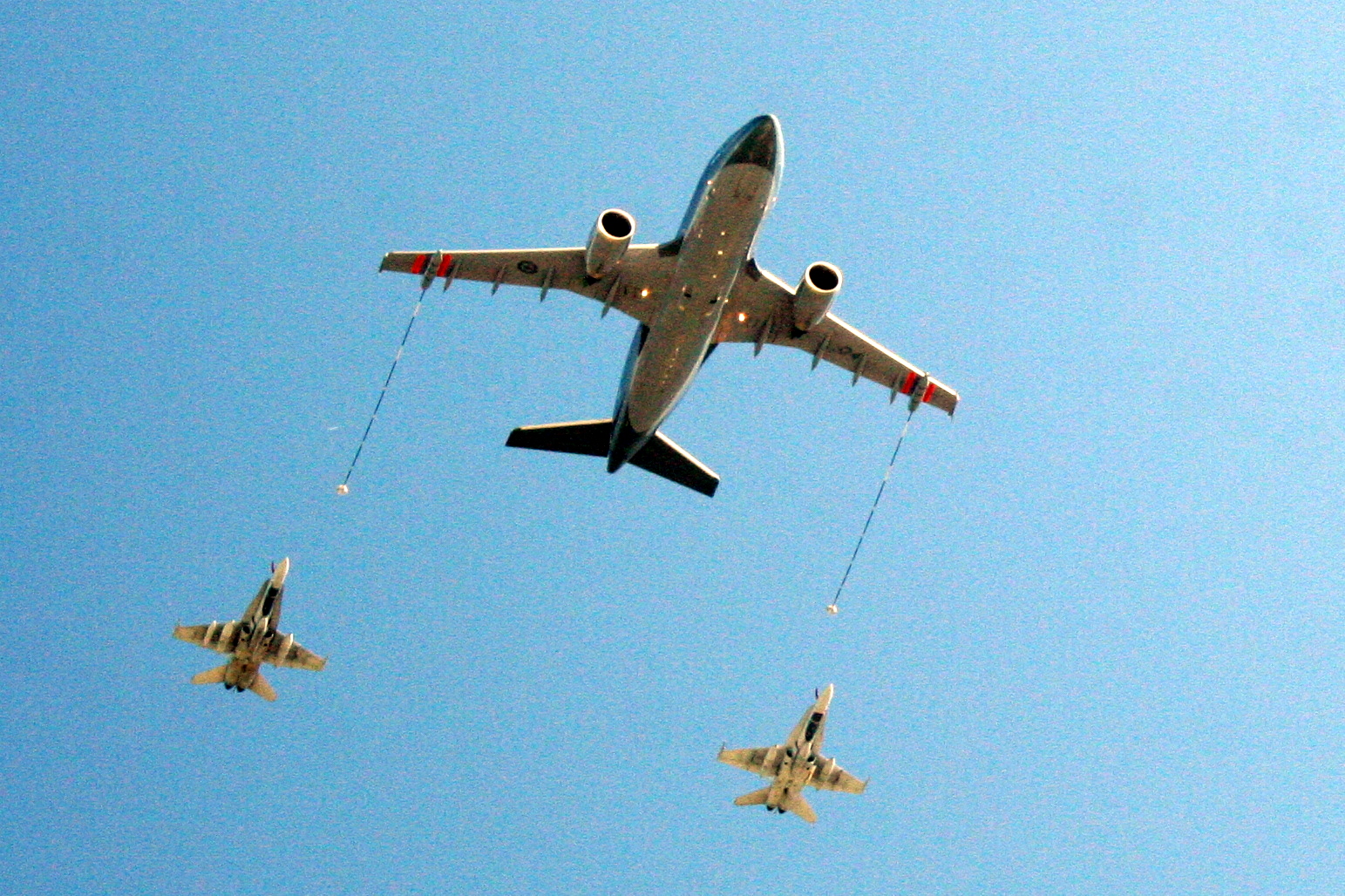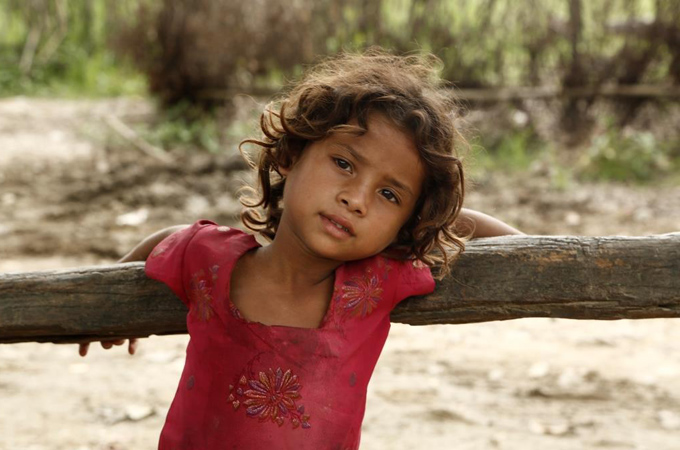As part of Operation IMPACT, Canada’s military intervention in Iraq to combat the Islamic State group (IS), Canada has sent six CF-18 fighter jets, 2 CP-140 Aurora maritime patrol aircraft (MPA), and a C-150 Polaris tanker aircraft to Kuwait. Canada’s involvement has caused much controversy ranging from the legality and political legitimacy of the intervention, to the type of equipment being sent. This article will focus on the latter and discuss Canada’s options in Iraq in the fight against IS. It will also discuss a recently announced Royal Canadian Air Force (RCAF) plan to purchase new intelligence, surveillance, and reconnaissance (ISR) aircraft.
Canada’s contribution to the fight against IS is quite straightforward. Ottawa has dispatched special forces to train Iraqi forces, and is waging an air war over Iraq against IS. targets. While this appears to be a sensible approach given the capabilities Canada has at hand, this author argued before the initiation of Operation IMPACT that such an approach, while glamorous, is not the most effective allocation of resources.

It is now common knowledge that IS is a difficult enemy to locate and target. While it has significant holdings of military equipment such as tanks and artillery, the bulk of its forces are infantry and utilize converted civilian pickup trucks for mobility. As such, they are inherently difficult to locate and target, lacking the ‘signature’ of dedicated military equipment and formations. Furthermore, IS targets in Iraq are almost exclusively combat units, unlike in Syria where IS targets include command and control facilities, economic assets, barracks, ammunition depots, and training bases. IS targets in Syria are relatively easier to detect and target. But Canada is not engaged in Syria, and therefore has the harder task of locating and targeting lower signature IS combat forces in Iraq.
To target an IS position or vehicle, a combination of surface, air, and spaced-based intelligence assets must identify it, locate its position, and transfer that information to a Canadian or allied combat aircraft to drop munitions on the target. As already explained, this is not a simple procedure in Iraq and Canada is not thought to have special forces or intelligence assets identifying targets, let alone guiding munitions. As such, Canada has to rely on the services of the Iraqi government and allied forces which, while not remotely insignificant, appear hard pressed to locate enough IS targets to make a difference.
Matters would be different if Canada had its own long-endurance unmanned aerial vehicles (UAVs), but the only such system Canada has used, the Israeli Heron UAV, was leased for use in Afghanistan and is no longer in service. Such a UAV capability would not only allow for surveillance of large expanses, it would also allow the UAV to provide targeting data and designation (i.e. using a laser to guide a laser-guided munitions launched either by itself or by another manned or unmanned aircraft. If GPS-guided munitions are used, the UAV only provides target coordinates).

While Canada’s deployed CF-18 fighters can launch guided bombs on their own through the use of their SNIPER targeting pods, they are not very effective in this role. It is not that the CF-18 cannot carry a large payload; in fact it can carry a significant amount. Rather, the CF-18, like most fuel-guzzling jet-powered combat aircraft, has a limited range and limited endurance (the latter meaning ‘time on station’). Given that the CF-18s are deployed in Kuwait, far from northern Iraq where IS is active, and that Canada is sending only one of its three C-150 Polaris tankers, it becomes immediately clear that the CF-18 is not the best aircraft for the job. A pair of CF-18s might be on station over northern Iraq for the few hours their fuel capacity allows, be given no targets then fly back to base having accomplished very little.
They could refuel in the air, but Canada has only sent one tanker and allied nations, other than the United States, have limited numbers of tanker aircraft. Moreover, all refueling assets will be hard pressed providing fuel to allied aircraft facing the exact same difficulty. There are biological limits to how many hours a pilot can stay airborne (physical restraints apply to the aircraft as well but the pilot is the ‘weakest link’), making this approach quite inefficient and difficult as others, such as the United Kingdom, have experienced. At the same time, there are large numbers of combat aircraft flying missions over Iraq. As this author has argued in a previous article, there are more effective ways of fighting IS and not redundantly duplicating the efforts to others with little effect.
The next article will discuss Canada’s CP-140 Aurora maritime patrol aircraft and how they, not the F-18s, represent the capabilities most useful against IS and similar groups.



